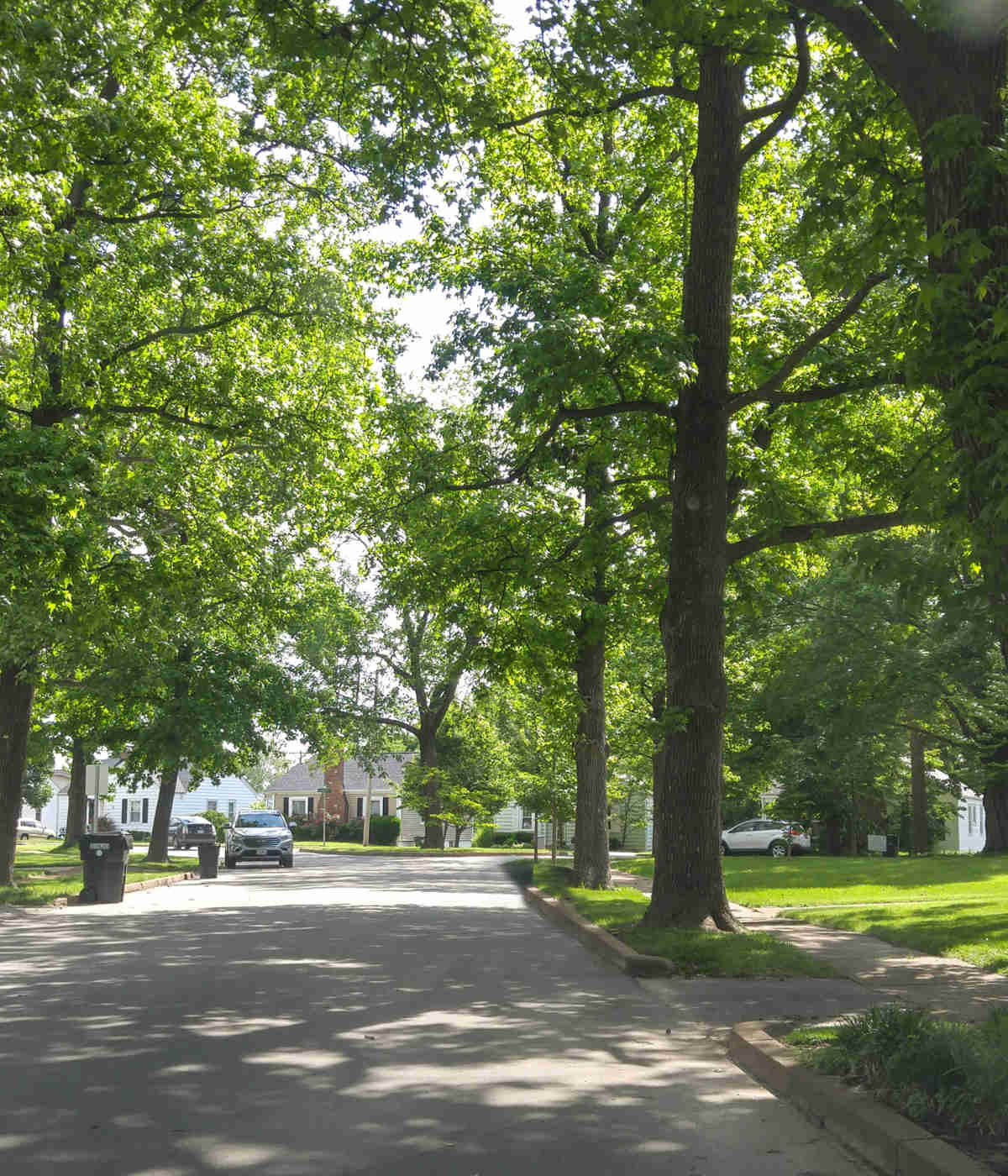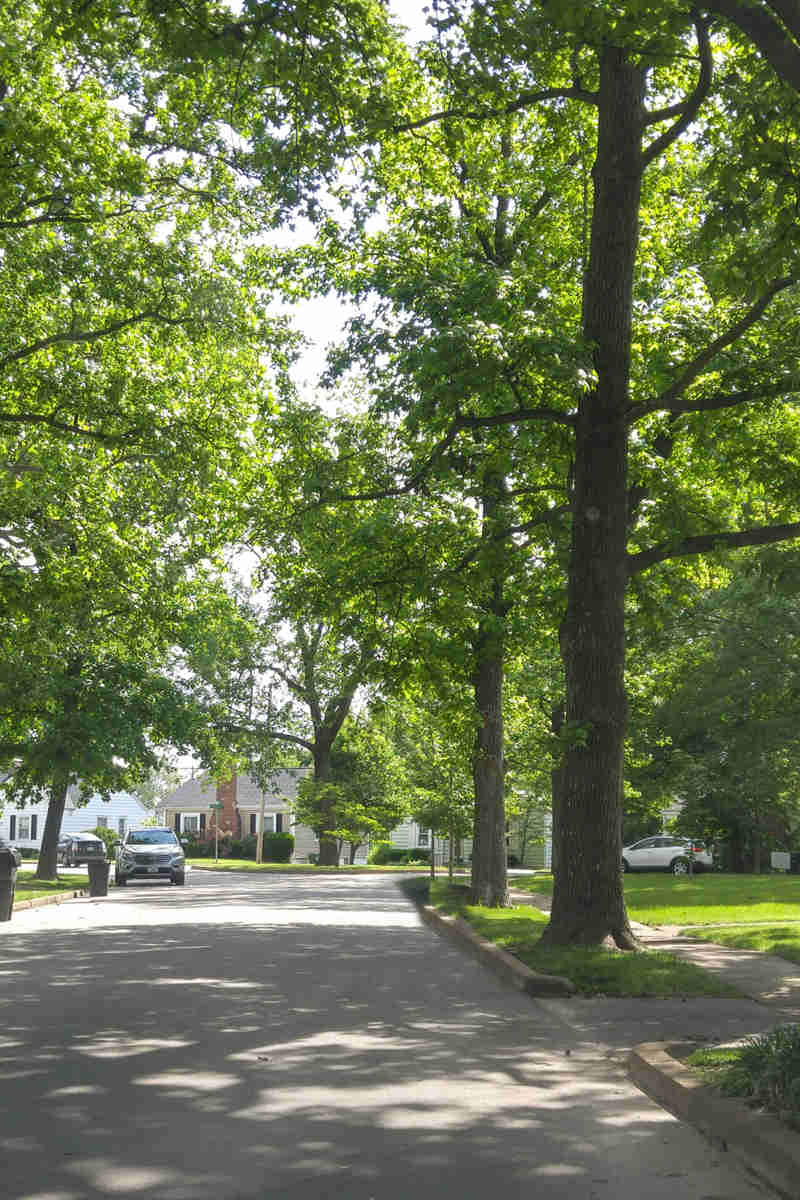Find The Right Mix
There are many species of turfgrasses, and whether you’re in a cooler region with a shorter growing season or vice versa determines which seed mix to use. The right seed mixture is critical because different species have different needs and balance each other out, which means your turf will look its best, even in challenging conditions.
Looking at the USDA Hardiness Zones map can help you figure out which varieties to choose. Depending on your location, a warm or cool-season mix will suit your needs and provide resilient turf that – if cared for properly – will look great all season long.
Warm Season Vs. Cool Season Grasses
By now, you’re probably thinking, “Grass grows in the summer, what’s the difference between cool and warm season grass?”
While it might sound like one variety grows in the winter and vice versa, it actually refers to the peak growing season. Warm-season grasses grow most during the height of summer, while cool-season grasses experience the most growth in the fall. Here are some examples of each type, and the general best practices for a healthy turfscape:
- Warm Season Varieties
- Include Bermudagrass, Zoysiagrass, St. Augustine
- Peak growing season is the summer
- Should be mowed shorter – 1-2”
- Watered in the early morning, typically 1” per week
- Fertilized in the late spring-early summer (opposite of cool season grasses)
- Cool Season Varieties
- Include Kentucky Bluegrass, Perennial Ryegrass and Fescues)
- Peak growing season is fall
- Should be mowed at 2.5-4”
- Watered in the early morning, typically 1” per week, especially during summer
- Fertilized in fall, with lighter feeding in the spring
Despite what seems like very stark differences between these 2 varieties, however, there are several universal truths to turf management. When it comes to irrigation, watering early in the morning allows moisture to soak into the soil and be used by the plants when the sun hits. Watering at night can oversaturate and lead to fungal issues, and watering during daylight hours is less efficient because the water evaporates before it can fully be utilized by the plants.
Although soil composition varies drastically across the U.S., maintaining the soil on your commercial property is a critical step to ensuring your turf stays healthy and green all season long. Aerating and overseeding are key components to both reduce soil compaction and help maintain an even layer of turf. Aeration needs and schedules will vary based on soil type and quality.
Putting It All Together
Once you know which varieties to use and their specific needs, finding the right grounds maintenance provider will set you up for success year after year.
Don’t overlook your irrigation system – old, broken, or inefficient systems can be a drain on your bottom line and lead to property damage or liability issues down the road. Get a water management audit to ensure your equipment is functioning properly.
Once the foundational elements are in place, preventative maintenance and treatments will help keep weeds, pests, and diseases at bay, and guests, customers, and employees can enjoy a gorgeous carpet of turf all season.
Just because beautiful turf looks effortless doesn’t mean it is. Choosing the right species, developing a maintenance schedule and finding the right partner to put it all together are all critical steps to a lush, resilient greenspace.



